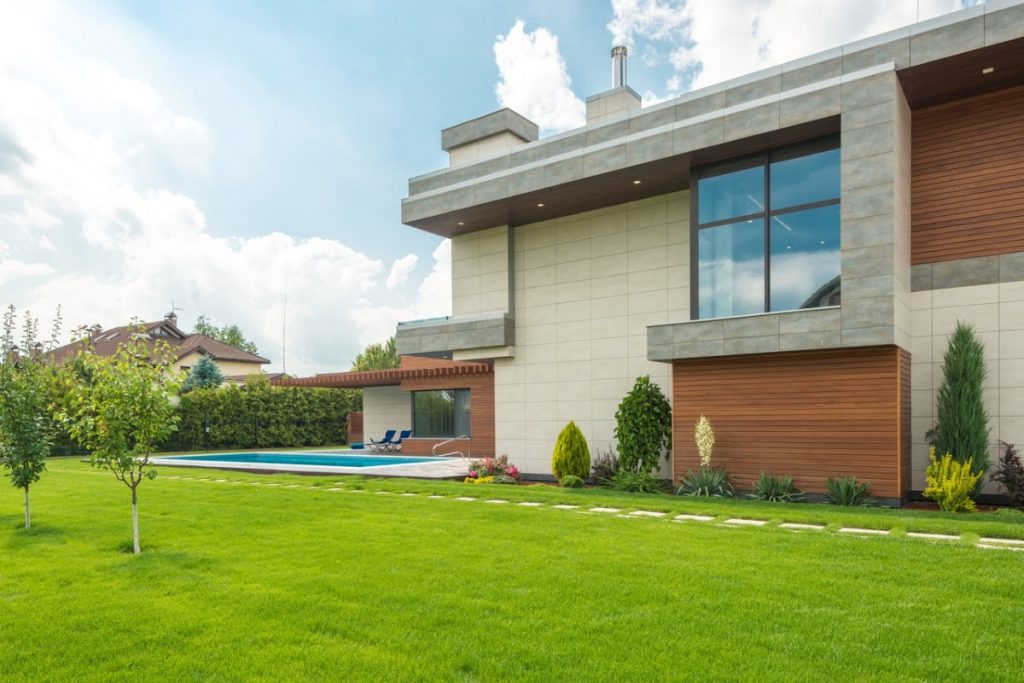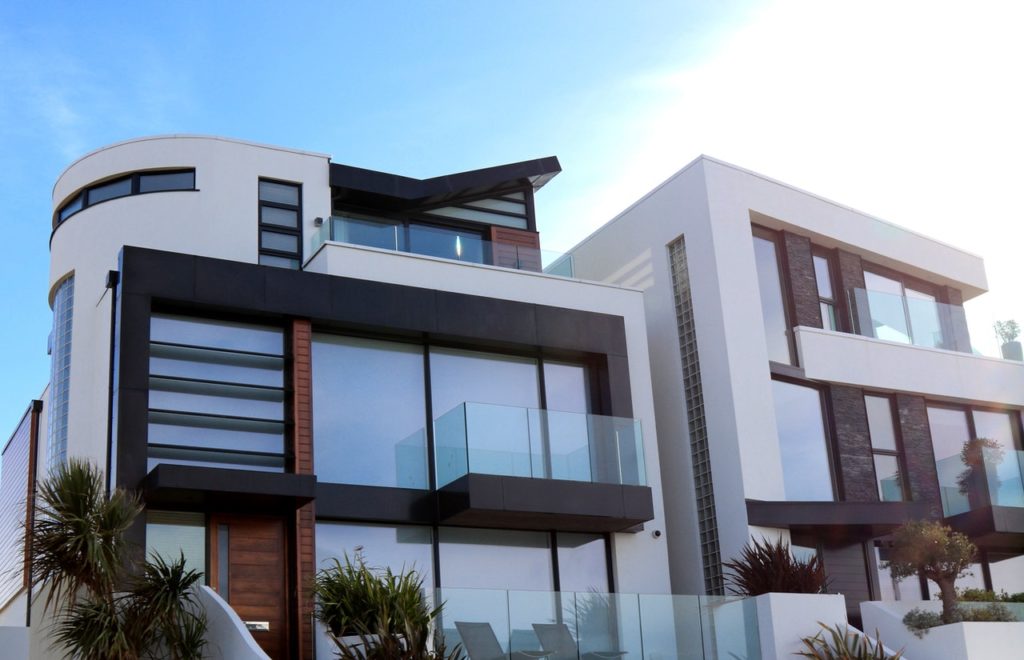Industrial interior design is often associated with creative corporate offices, lofts, and bachelor pads. But you can easily take elements of this style and make them work in just about any type of home. Some Scandinavian homes, for instance, have a few industrial touches. It’s also possible to blend industrial design with decors from entirely different interior styles. The idea is you don’t have to go full-on industrial to create a unique home; you can simply pick a few elements to give your home that raw, unfinished look.
It’s all about picking and blending the right elements. Whether you’re planning to build your dream home or update your existing house, here are some industrial design elements you can add or play around with.
Exposed Pipes and Ducts
The industrial style focuses on proudly displaying building materials that others typically try to conceal. That’s why some of the most significant elements of this style include exposed pipes and ducts. Instead of creating a dropped ceiling or boxing those pipes and ducts, leave them as they are. That’s a smart move, especially if you’re converting a former industrial space into your new home. Those exposed pipes and ducts can be conversation-starters as they can remind you of your home’s original purpose or back story.
Exposed pipes and ducts are also a great choice for traditional, all-white residential spaces. The brightness of the walls and ceiling can be a sharp contrast to the metal elements of your home’s piping.
Metal and Wood Combo

The combination of rustic wood and exposed metal is unique to industrial design. Furniture pieces that mix these two elements together are popular these days; you can pick one or two to add to a room. But if you want to go big, you can go for a metal and wood combo for your house’s exterior cladding or siding. Just make sure you have a reliable supplier of high-quality steel and concrete materials to ensure the durability of that type of cladding.
Vintage Furniture and Accessories
Industrial furnishings often take inspiration from antique or vintage pieces. Vintage bar stools, for instance, are great additions to any bar or kitchen area. Antique lighting fixtures work well, too. Think of large metal dome lamps and pendant lights that people only used to see in industrial factories. So, if you can get your hands on antique pieces—whether these are lamps or cabinets—don’t miss the opportunity to highlight them in any of your rooms. They can easily give your home that sought-after industrial vibe.
Copper Cookware
Looking for a simple industrial element to add to your kitchen? Go for copper pots and pans. These cookware pieces can help create that warm industrial nature you’re looking for. Plus, copper pots and pans can give a charming vintage vibe to any kitchen design. If you’re worried about function, you’ll be glad to know that copper is a conductor of heat. Copper cookware then allows food to cook more evenly. Also, copper pots and pans are sturdy to let them sit securely on the stove but light enough to be easily lifted even when they are filled with food or water. They have immense aesthetic and functional value.
Concrete
Concrete is known for being low-cost and durable. That’s why it was the go-to material for flooring and structural work in old mills, factories, and workshops. If you have existing concrete walls or floors, you can simply stain and polish them to retain that raw, unfinished look. But if you don’t have existing concrete elements in your home, you can add them through simple accessories and furnishings. For instance, concrete planters or cinder block shelves can help mimic that concrete look often found in industrial spaces.
Metallic Color Palettes
If it isn’t viable to add concrete planters, expose pipes, or use vintage pieces, you can turn to paint colors to achieve the look of industrial style. Dark navy blues and browns resemble the metal and wood combo. You can also choose other metallic color palettes, such as gray, silver, and gold. One good example is when you have wooden tables, paint the chairs or light fixtures in the kitchen with metallic shades.
Again, industrial interior design is all about showcasing building materials that are often left hidden. It focuses on adding a raw, unfinished but charming look even to the most thoughtfully designed homes. So, no matter the elements you pick, the goal is to successfully bring out that essence of industrial design. With creativity and careful selection, you can achieve a home that features a touch of industrial style.





